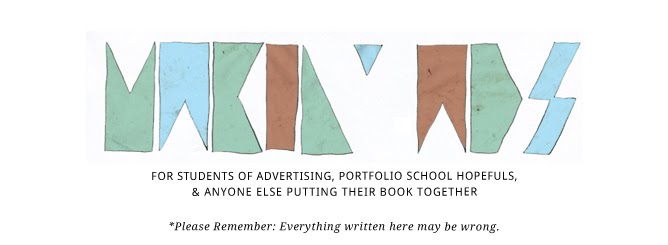Freytag's Pyramid
This week kicks off the summer quarter at Miami Ad School. I'll be teaching a scriptwriting class on Thursday nights, and I've been preparing my discussion for my first class. Part of what I'm going to be talking about is dramatic structure, starting off with Freytag's Pyramid (if you've ever taking a fiction writing, literature or drama course, you might be familiar).
As I've been thinking about it, I've been realizing how common this structure is, in various forms, in almost anything that makes us feel an emotion. Stories, music, movies, jokes, sports, roller coasters, tv spots, headlines, fireworks, conversations...they all have this same basic structure in some form or another.
Exposition, climax, denouement.
Context, conflict, resolution.
Flop, turn, river (Hold 'Em).
Pledge, turn, prestige (the parts of a magic trick).
Problem/solution.
Question/answer.
Fact/twist.
Setup/Punchline.
Basically a building of tension to a turning point, then release of that tension.
I've been seeing it everywhere. It's kind of a fun to break things down into their structural parts. And while it may not be completely helpful when you're concepting, it could be very useful when you're trying to figure out why a story isn't working or how to make it better. Even the way you structure your sentences or paragraphs, or the way you present your work, can benefit from an understanding of how drama is created and how stories are told.
Rick Rubin's Creative Process

There's a great interview with Rick Rubin that came out the other day. Some is about him producing Kanye's new album, but a lot is about his approach and creative process. Smart dude. Check it out.
Subscribe to:
Posts (Atom)


